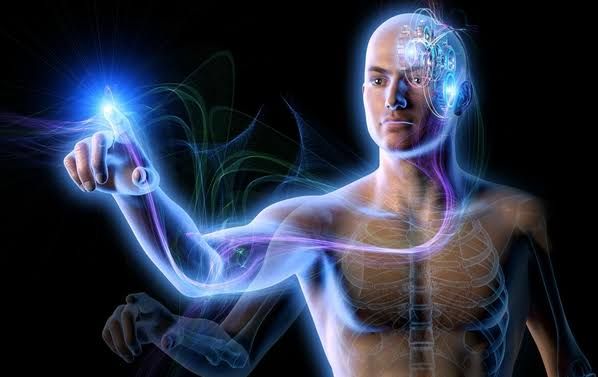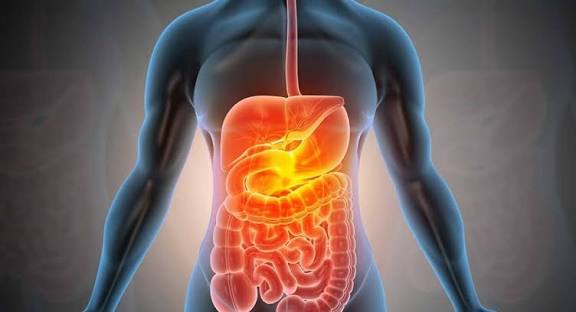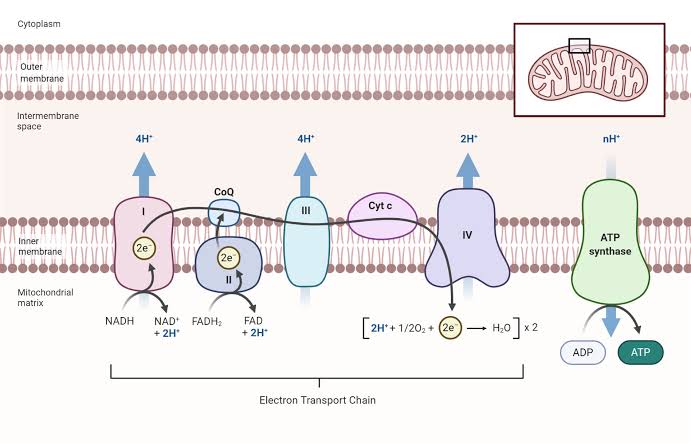
Definition of Bioenergetics
Bioenergetics is the study of the transformation of energy in living organisms, particularly how cells convert biochemical energy from nutrients into adenosine triphosphate (ATP), which is used to power cellular processes. It encompasses the understanding of metabolic pathways, thermodynamics, and the mechanisms by which energy is harnessed and utilized in biological systems.
Energy, Energy Carriers, and Energy Compounds
Definition of Energy
Energy is defined as the capacity to do work or produce change. In biological systems, it exists in various forms such as chemical energy (stored in molecular bonds), kinetic energy (movement), thermal energy (heat), and potential energy (stored energy based on position).
Energy Carriers
Energy carriers are molecules that store and transport energy within cells. The most notable examples include:
- ATP (Adenosine Triphosphate): The primary energy currency of the cell.
- NADH (Nicotinamide Adenine Dinucleotide): An electron carrier involved in redox reactions.
- FADH2 (Flavin Adenine Dinucleotide): Another electron carrier similar to NADH.
Low, Moderate, and High Energy Compounds
- Low-energy compounds: Molecules like glucose that contain less stored chemical potential energy compared to ATP.
- Moderate-energy compounds: Molecules such as ADP (Adenosine Diphosphate) that can be converted into high-energy forms with relatively low input.
- High-energy compounds: Molecules like ATP that release a significant amount of energy upon hydrolysis.
Oxidation vs. Reduction
Oxidation refers to the loss of electrons or an increase in oxidation state by a molecule, atom, or ion. Conversely, reduction involves the gain of electrons or a decrease in oxidation state. These processes are coupled; when one substance is oxidized, another must be reduced. This relationship is fundamental to many metabolic pathways.
Methods of Electron Flow from Substrate to Oxygen
Electron flow from substrates to oxygen occurs through several intermediates:
- Hydronium Ion (H3O+): Protons can be transferred along with electrons during redox reactions.
- Hydrogen Atom (H): Electrons can be transferred as part of hydrogen atoms during metabolic reactions.
- Free Electrons (e-): Electrons can flow freely through various electron transport chains.
- Oxygen (O2): Ultimately serves as the final electron acceptor in aerobic respiration.
Substrates Used for Energy
Common substrates used for generating energy include:
- Carbohydrates: Such as glucose and glycogen.
- Fats/Lipids: Fatty acids and triglycerides.
- Proteins: Amino acids can also serve as substrates when carbohydrates and fats are scarce.
Role of Mitochondria in Energy Generation
Mitochondria play a crucial role in cellular respiration and ATP production:
Structure
Mitochondria have a double-membrane structure consisting of an outer membrane and a highly folded inner membrane that creates compartments known as cristae.
Enzymes in Membranes and Matrix
The inner membrane houses key enzymes involved in oxidative phosphorylation, including those responsible for the electron transport chain. The matrix contains enzymes for the Krebs cycle.
Own DNA
Mitochondria possess their own circular DNA (mtDNA), which encodes some proteins essential for mitochondrial function, allowing them to replicate independently within cells.
Enzymes of Electron Transport Chain
The enzymes involved in the electron transport chain arranged by increasing redox potential are:
- NADH dehydrogenase complex I
- Succinate dehydrogenase complex II
- Cytochrome b-c1 complex III
- Cytochrome c oxidase complex IV
Justification for Electron Transport Chain as Respiratory Chain
The electron transport chain is often termed the respiratory chain because it facilitates aerobic respiration by transferring electrons derived from nutrients through a series of complexes ultimately leading to oxygen reduction to water while generating a proton gradient used for ATP synthesis.
Link Between Oxidation and Phosphorylation of ATP
Oxidation reactions release energy that is harnessed to phosphorylate ADP into ATP through substrate-level phosphorylation or oxidative phosphorylation during cellular respiration processes like glycolysis and oxidative phosphorylation via chemiosmosis.







